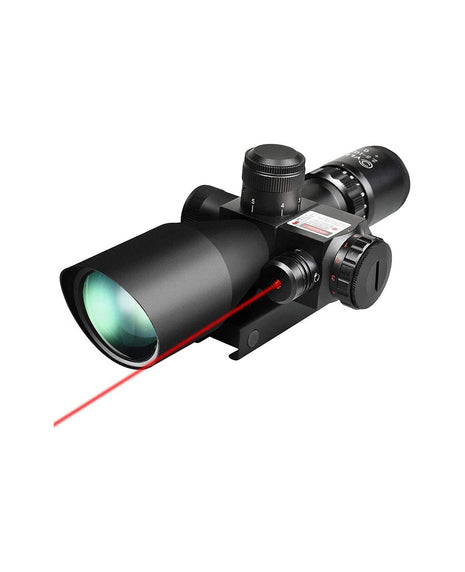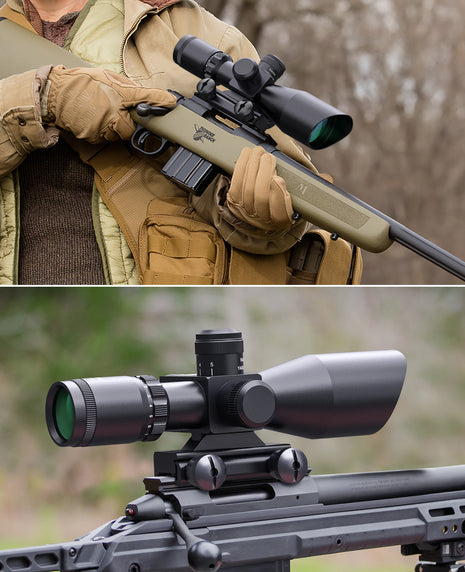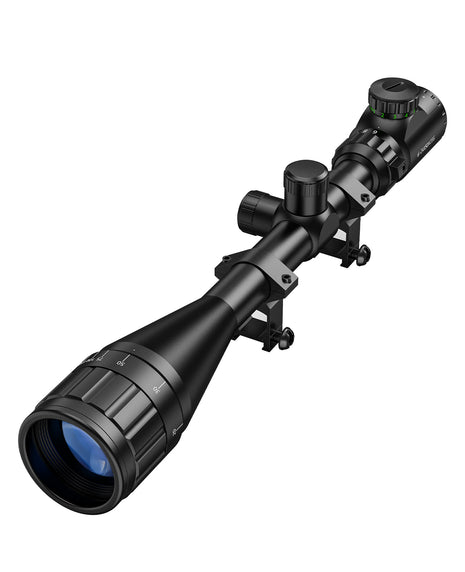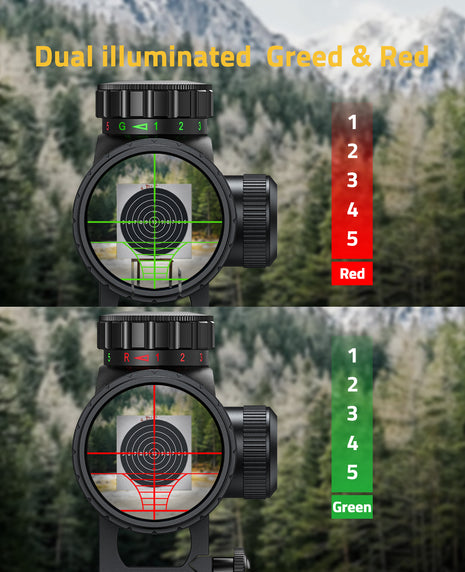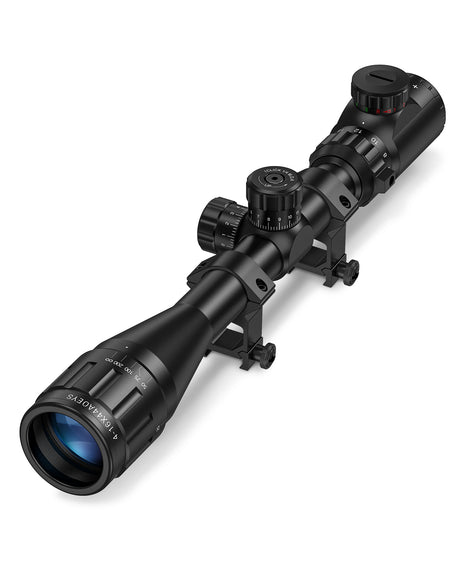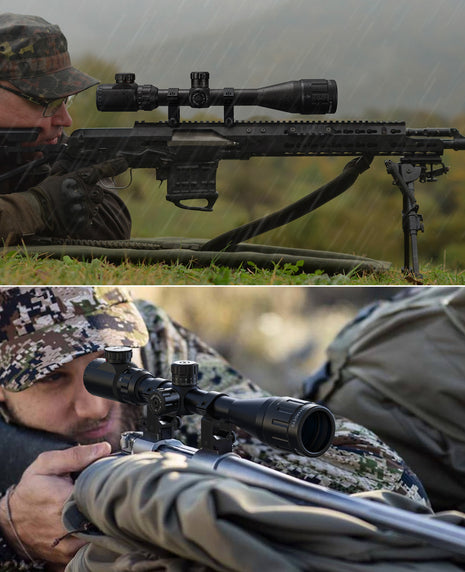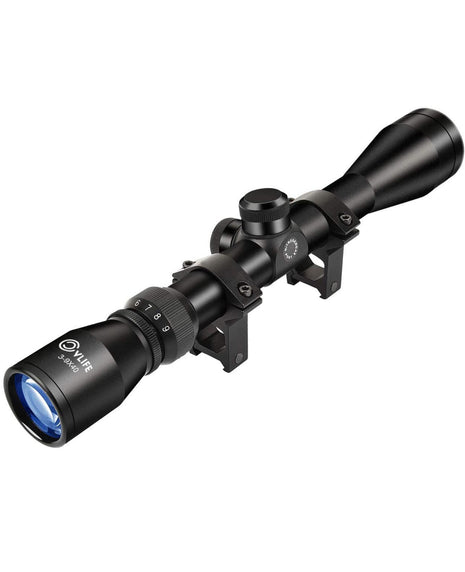The 5 Best Whitetail States
- 4 min reading time

Every fall untold thousands of deer hunters travel to other states to hunt whitetails. Why? Because many deer hunters want to hunt where they have the best chance to kill a trophy buck. A few states recognize this and try to manage a herd with good age-structure which allows more bucks to reach older age classes and thus grow bigger racks. Most states however simply manage deer numbers without any concern for quality.
By the way, please remember good hunt experience can not without good hunt gear like riflescope and binoculars. So let’s look at my pick of the five best whitetail states. I am going to list them in reverse order. From the start I want to recognize that there are factors like soil fertility and climate that are unique to each state and are frankly out of anyone’s control. What I am focusing on here is regulation-type factors that could be changed either for the better or the worse.

- Kentucky
What Kentucky does right – 1 buck limit, allows supplemental nutrition
Room for improvement –
The biggest thing holding back Kentucky from producing more mature bucks is its gun season. Having 2+ weeks of gun season (rifle) during the November rut takes its toll on bucks. If the gun season was changed to a 9-day season held in early December, the state would certainly see an increase in the number of giant bucks it produces.
- Kansas
What Kansas does right – 1 buck limit, allows supplemental nutrition, limits non-residents
Room for improvement –
Kansas is one state that is doing almost everything right but is limited by its environment. There are regions within the state that are fantastic deer habitat but other larger regions are simply not prime whitetail habitat and thus do not produce many eye-catching bucks. There are a number of states that would greatly improve the quality of their deer herds simply by followings the Kansas template.
- Illinois
What Illinois does right – limited gun season during November
Room for improvement –
Illinois was once home to the best deer herd on earth and could easily be once again with just a few regulation changes. It all starts with curtailing the buck harvest by whatever means – limiting non-resident numbers, limiting non-residents to 1 buck only, moving gun season out of November, etc. Illinois is living on its past reputation but those hunters over 50 years old who remember the “good ole days” will tell you that the state has taken a true nose-dive in terms of quality. There are a lot of miles between 170” bucks in the Land of Lincoln and it is more a result of private land management and Illinois fertile soils that the state has the big bucks that it has. It is worth noting that Illinois still produces some giant bucks IN SPITE of its deer management program, not because of it. With some state-wide management changes that focus on quality as well as quantity, Illinois could easily move up to #1 on this list.

- Ohio
What Ohio does right – 1 buck limit, December gun season, allows supplemental nutrition
Room for improvement –
I have done a lot of consulting work in Ohio and have hunted there several times and even recently bought land in the Buckeye state. In my opinion, those who manage the Ohio deer herd have probably done as good a job as those in any other state. They are doing a LOT of things right. My only comment for making Ohio even better would be in regards to baiting during season. A lot of young bucks get killed over corn piles. I personally would hate to see the state totally eliminate supplemental feeding but allowing supplemental feeding only outside of hunting season would be a huge step towards helping Ohio crank out even more giants.
- Iowa
What Iowa does right – Severely limits non-resident deer hunters!!!, December gun season, allows supplemental nutrition outside of hunting season
Room for improvement –
I see only one glaring hole in Iowa’s deer management program; they allow too many bucks to be killed per hunter. In certain instances a hunter can kill 3 bucks in a season. I realize that probably not too many hunters do kill 3 bucks but it is still something that could be addressed to make the state even better. I also don’t personally care for the “party-hunting” situation where a group of hunters can all be afield to fill a single tag. Overall, Iowa does a great job managing its deer herd.
Hunters have proven that they are willing to travel and pay more for the opportunity to hunt a well-managed deer herd. My hope would be that more state game agencies and politicians will see the added value in a well-managed herd and strive to make their herd the best it can possibly be. A whitetail herd with good age-structure and balanced sex-ratios benefits everyone and with well-thought-out regulations it can be achieved almost anywhere.
Tags
You May Also Like
Blogs & News
-

, by C V How Do BDC Scopes Compare to Mil-Dot Scopes for AR-15s?
-

, by C V How to Use BDC Holdovers for Different Bullet Weights?
-

, by C V Is a 1-6x BDC Scope Better Than a 3-9x for AR-15?
-

, by C V How to Zero an AR-15 Scope with a BDC Reticle

